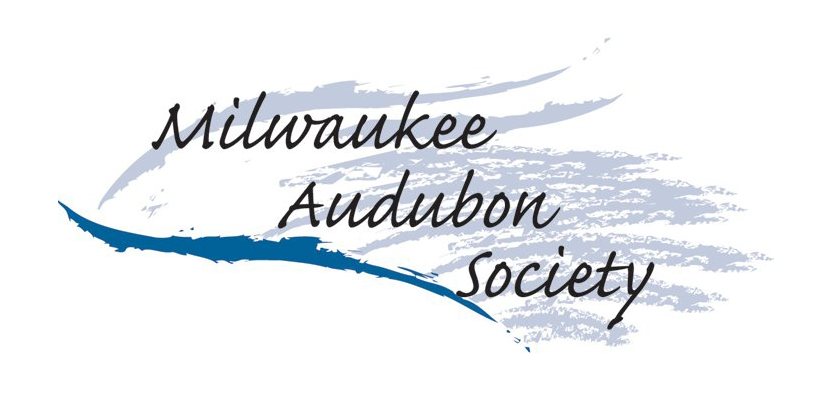By Jim Uhrinak and Matt Smith | Photos by Eddee Daniel
If Buffalo Speaks Reserve is the crown jewel of the Niagara Escarpment along the east side of the Horicon Basin, the Kolterman Indian Mound Group is one of the facets that makes it sparkle.
Aerial view of Kolterman Indian Mound Group along Co Rd Z. Image courtesy Milwaukee Audubon Society
For many profound reasons American Indian peoples have repeatedly revisited this site ever since Ice Age mammoth hunters watched the retreat of glaciers from the Rock River valley of the Horicon Basin. The Kolterman Indian Mound Group, for which this burn location is best known, is recognized for both Woodland-era conical mounds and Effigy Mounds, as well as older petroform (intentional Indian boulder placements). From an Indian perspective Kolterman is part of a connection across the subcontinental divide between the Rock River watershed (which flows to the Mississippi) and the Milwaukee River watershed (which flows to the Great Lakes).
Matt ignites the fire
The Kolterman Mound Site was originally located on the prairie-savanna transition of Eastern Wisconsin. Intentional Indian management, which included regular burning, made this place a savanna garden of abundant resources and we know that mound sites were built in places where prairie and savanna provided open vistas.
Matt Smith guides Milwaukee Audubon Society in maintaining a tradition of cultural fire, as well as ecologically appropriate controlled burning. Properly prescribed fire selectively favors herbaceous vegetation and fire-adapted species such as bur oak. Without a regular recurrence of fire the savanna would convert to woodland, which would deprive the mound site of its original open character.
Go to A Wealth of Nature to continue reading and to see all of the photos.




